For many landscape photographers, mountains represent the pinnacle of subject matter.
Not only can you photograph gorgeous mountain peaks covered in snow, but there's also plentiful opportunities to capture things like forests, lakes, rivers, glaciers, wildflowers, wildlife, and even the Northern Lights.
The question, of course, is what mountain ranges should you photograph?
Here's a few landscape photography tips for the next mountains you need to photograph.
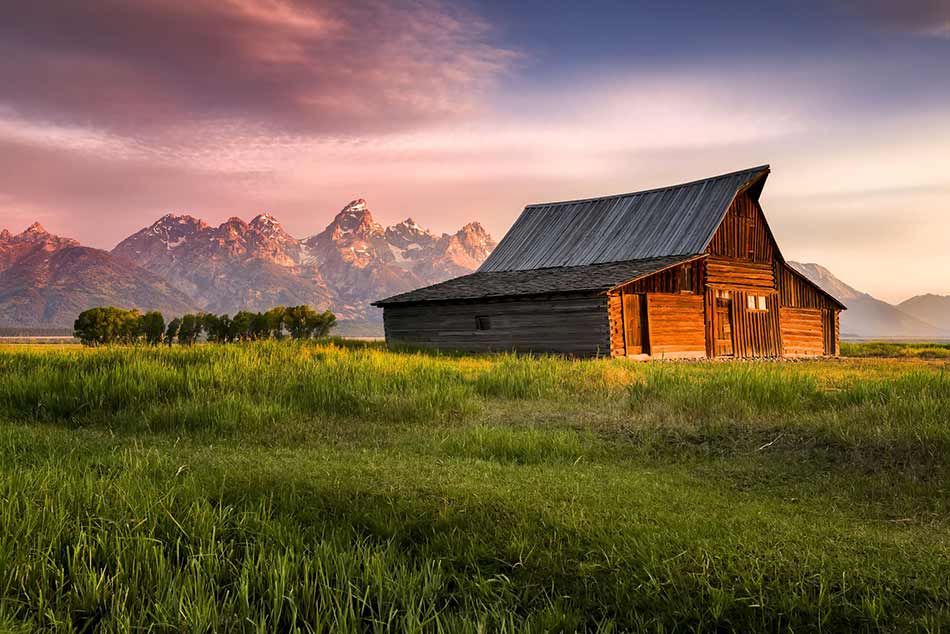
The Tetons
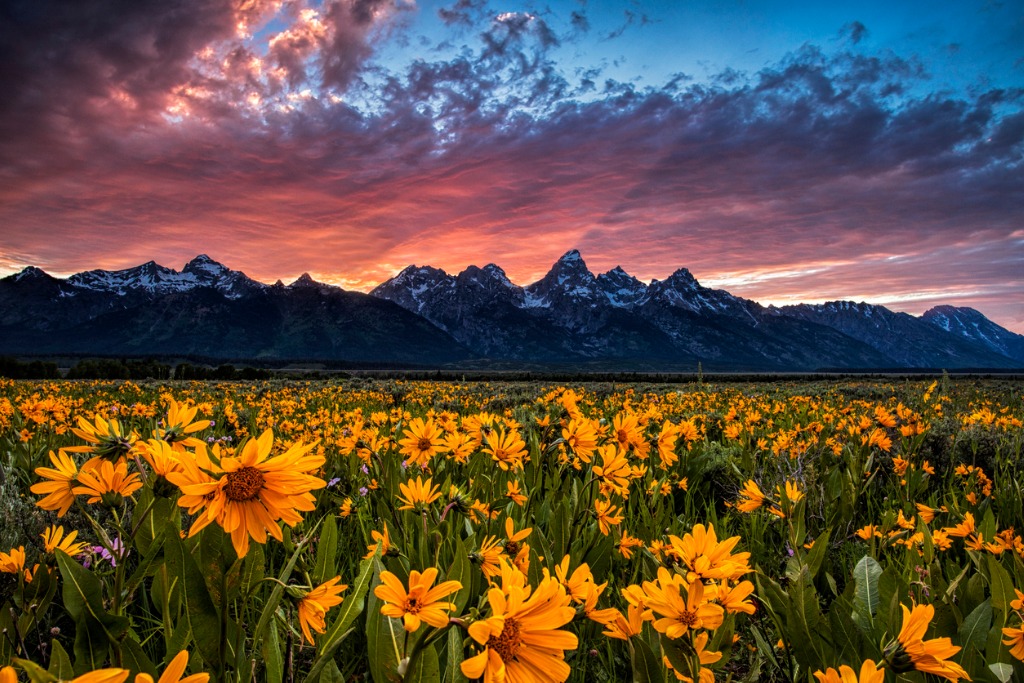
The Tetons abruptly rise out of Jackson Hole, their signature peaks without foothills, which make the mountains seem that much taller.
The Grand Teton, rising to 13,776 feet, gets a lot of photographer's attention - and deservedly so.
But this mountain range offers much more in the way of photographic opportunities than simply photographing its signature peak.
Bears, moose, and elk roam the valley below, as do bison, which, depending on the time of year, number in the thousands.
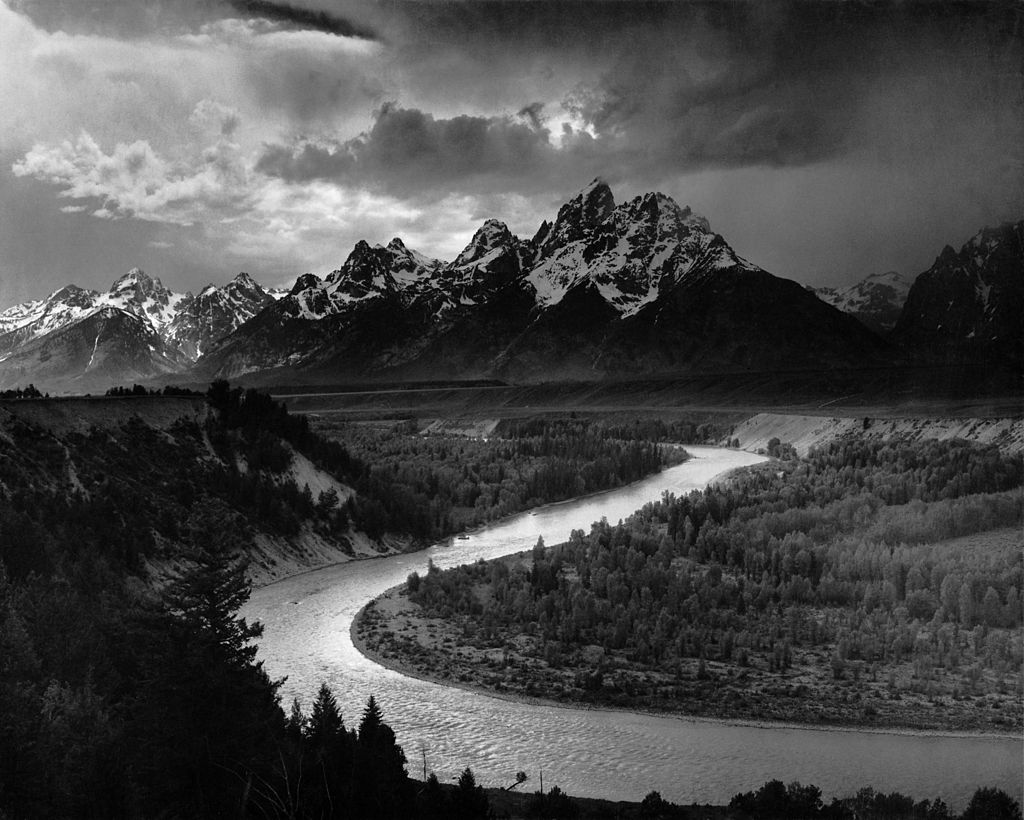 Ansel Adams [Public domain], via Wikimedia Commons
Ansel Adams [Public domain], via Wikimedia Commons
There's history in the Tetons as well.
You can visit the same spot where Ansel Adams took his famous photo The Tetons and the Snake River and create your own spin on that iconic image.
Speaking of iconic, you can also visit Mormon Row, a collection of 100-year-old buildings on Antelope Flats, where people flock to photograph the Moulton Barns set against the backdrop of the Tetons.
Of course, sunrises and sunsets here are incredible, with the golden light of the early morning illuminating the peaks of the Tetons and the setting sun lighting the sky above the mountains on fire at night.
The Northern Rockies - Glacier National Park
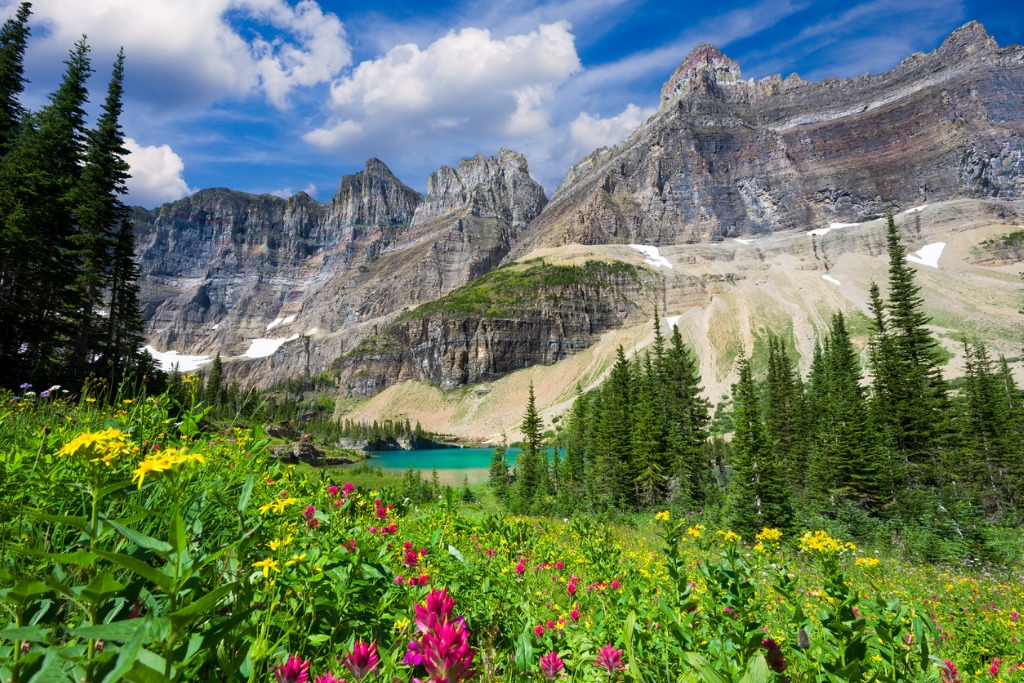
If you're looking for a mountain range that is unabashedly wild, the Northern Rockies in Glacier National Park should be at the top of your list.
The soaring peaks are only part of the equation here...
The many lakes and streams - many of which are lined with rainbow-colored rocks - give you plenty of opportunities to incorporate gorgeous reflections of mountain peaks in still waters or use the leading lines of streams to compose a more compelling landscape photo.
The deep valleys between the peaks are fodder for excellent photos as well, particularly in the early summer when wildflowers explode to life everywhere you look.
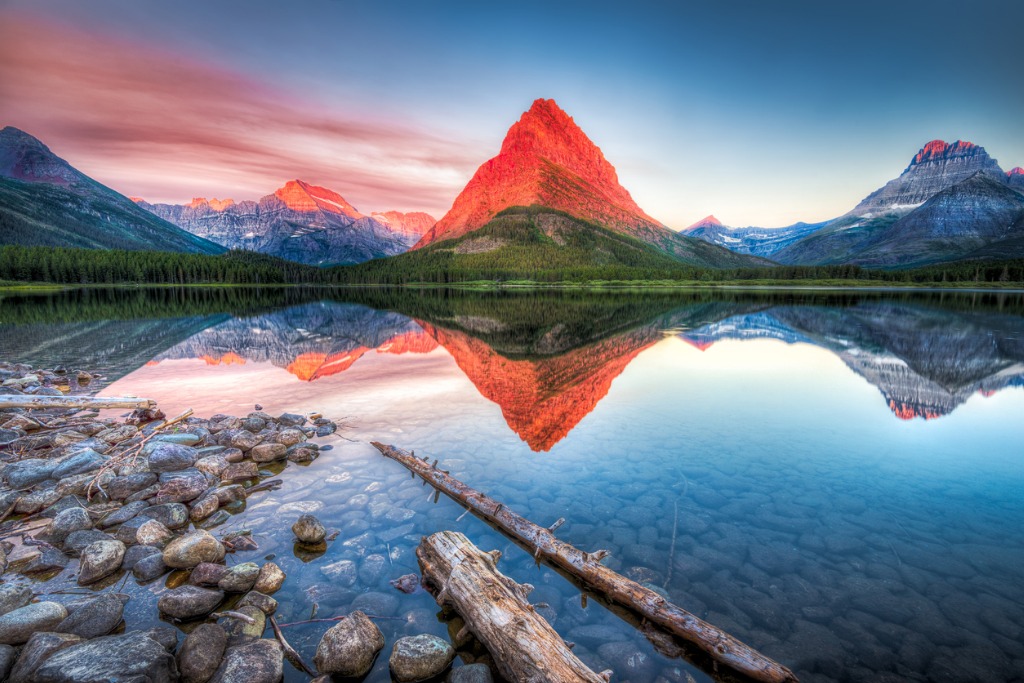
Naturally, Glacier National Park is a prime spot for sunrise and sunset photography.
Night photography is an ideal pursuit in this region as well. With dark skies, clear nights, and more than enough gorgeous landscapes to serve as visual interest, you can create spectacular photos of the night sky just about anywhere in the park.
Bring a long lens and photograph the abundant wildlife as well, which includes mountain lions, elk, mountain goats, bears, and bighorn sheep, to name a few.
The Canadian Rockies - Banff
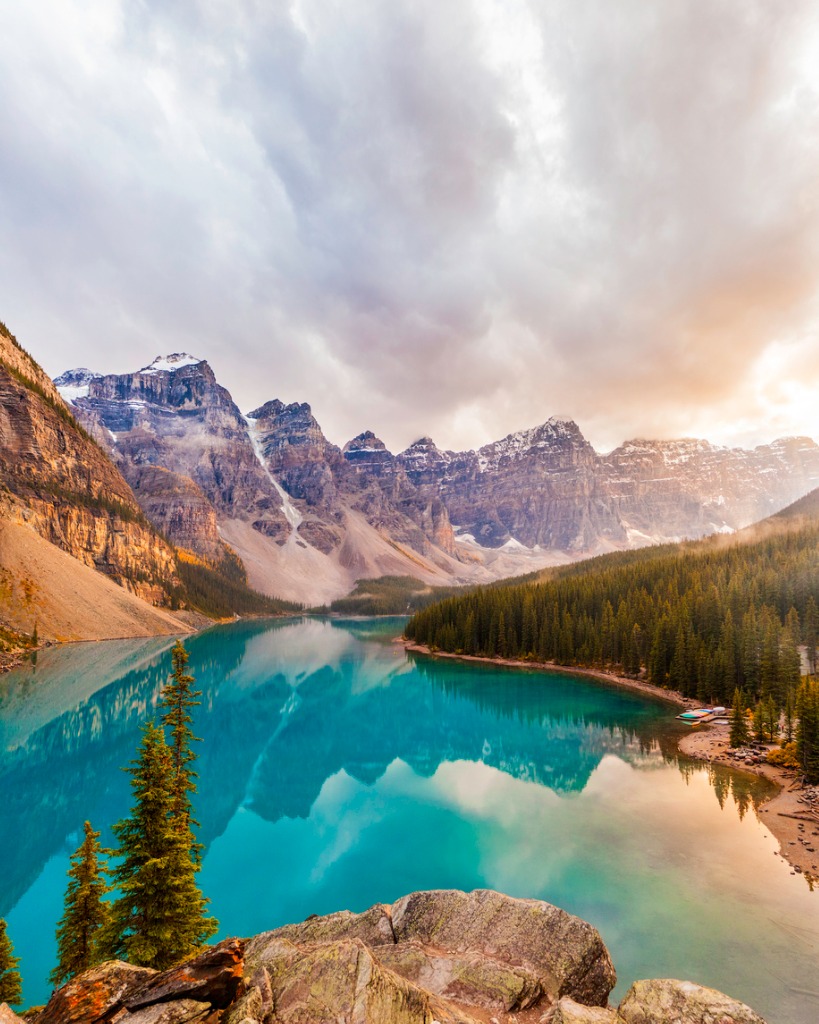
Go to any landscape photography gallery online, and there's a good chance that you'll find a big pile of photos taken in the Canadian Rockies, specifically, the area around Banff.
I had the opportunity to tour the Banff area many years ago, and to say that it was one of the most breathtaking places I've ever been is a massive understatement. Learn more about the best camera for landscape photography on our website PhotographyTalk.com.
The mountains around Banff aren't any bigger than those you find south of the border in the United States, but man, they sure do seem bigger.
The imposing peaks make for epic subjects for landscape photos, particularly when you consider that this area is home to some of the most gorgeous lakes in North America as well.
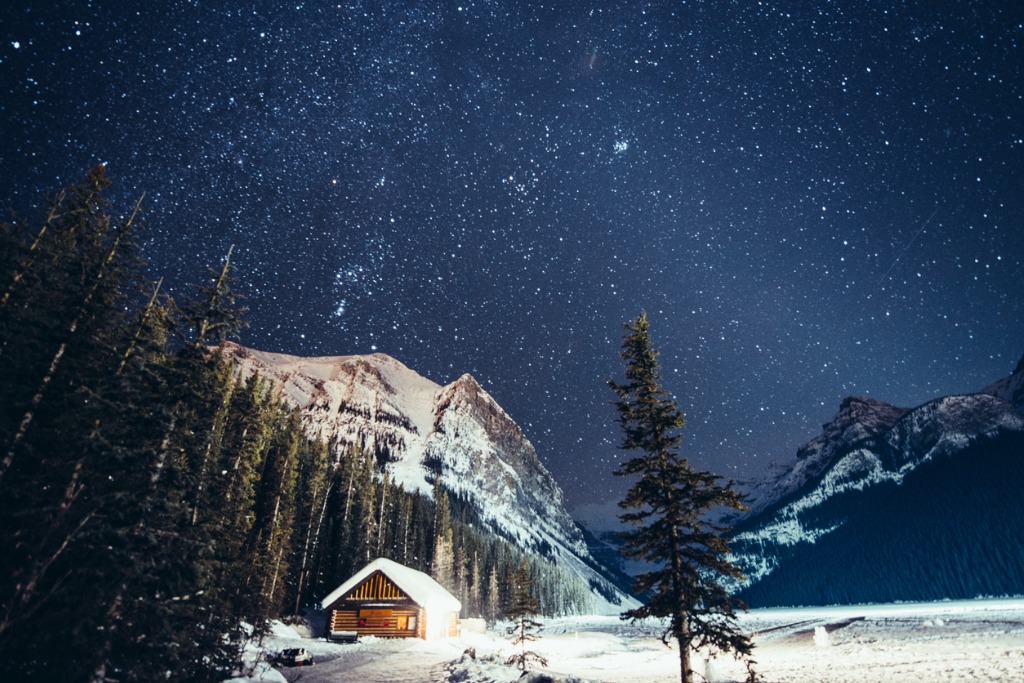
Another factor that you'll like about the Banff area is that it has such varied weather conditions.
That means you can capture sunrise photos with fog and mist to give your photos a mysterious vibe, and then traipse around Lake Louise or Moraine Lake for a daytime shot with a big, blue sky above the landscape.
Follow that up with a sunset shot with storm clouds rolling in above the peaks, and a night photo session of the stars with a crystal clear sky.
Even when it's cold, rainy, snowy, or foggy, there is more than enough to occupy your time and your lens in the Canadian Rockies!
The Cascades
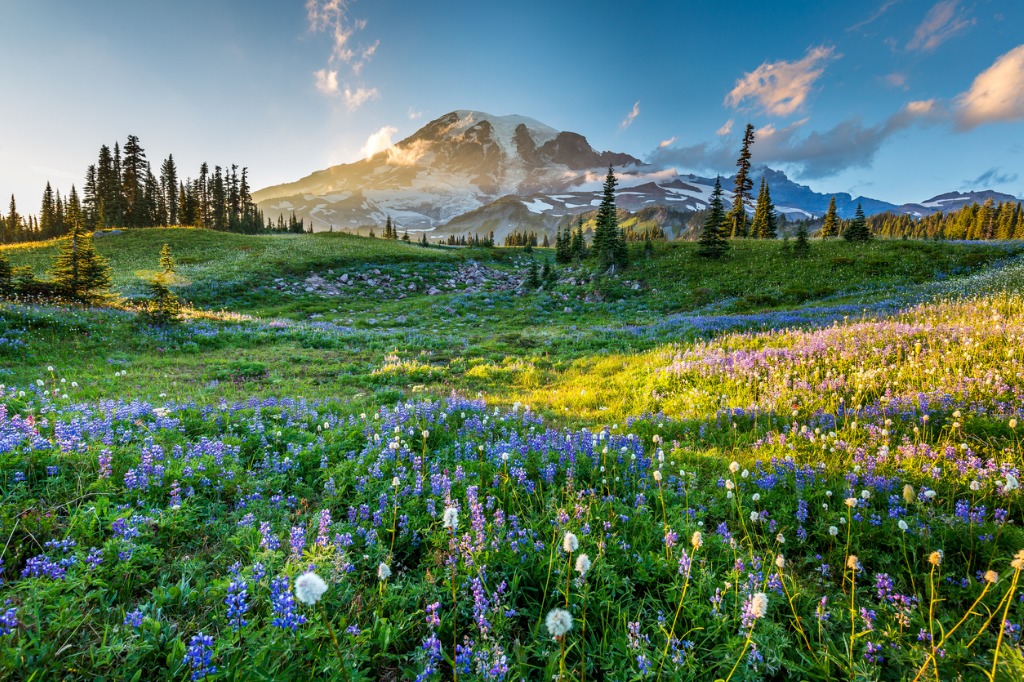
The Cascade Range of Washington and Oregon is a landscape photographer's playground, with volcanic peaks jutting up towards the sky through thickly forested surroundings.
Obviously, peaks like Mt. Rainier, Mt. Hood, and Mt. St. Helens provide you with strong, gorgeous subjects to set against the colorful sky at sunrise or sunset.
But aside from these mountains that have snow-covered peaks year-round, you'll find millions of wildflowers dotting the mountainsides in the spring and early summer.
The juxtaposition of the hulking mountains with such colorful and delicate flowers makes for an interesting and gorgeous photo opportunity.
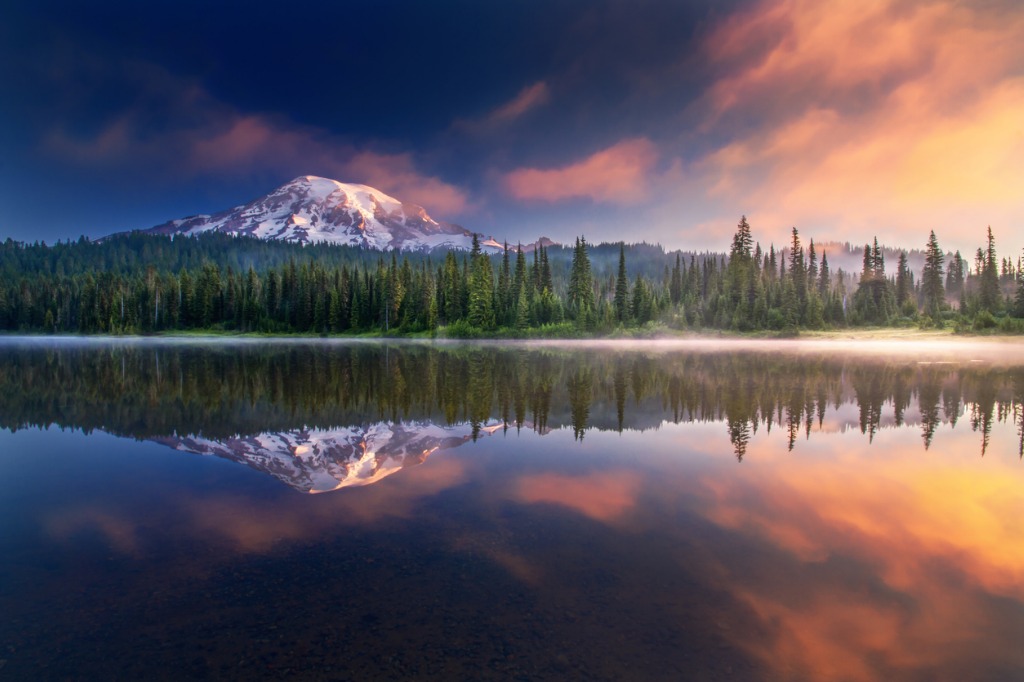
Of course, since there's so much rain in the Pacific Northwest, another subject that you have to photograph is the many waterfalls that dot the area.
From streams that fall a few dozen feet over a cliff's edge to waterfalls that roar downward hundreds of feet, you can find all types and sizes of waterfalls in the Cascades.
And with all the rainy weather, there are chances to capture dramatic skies - from soaring clouds to low-hanging fog to rainbows - to use as backdrops for your landscape photos of the Cascades.
The Alaska Range
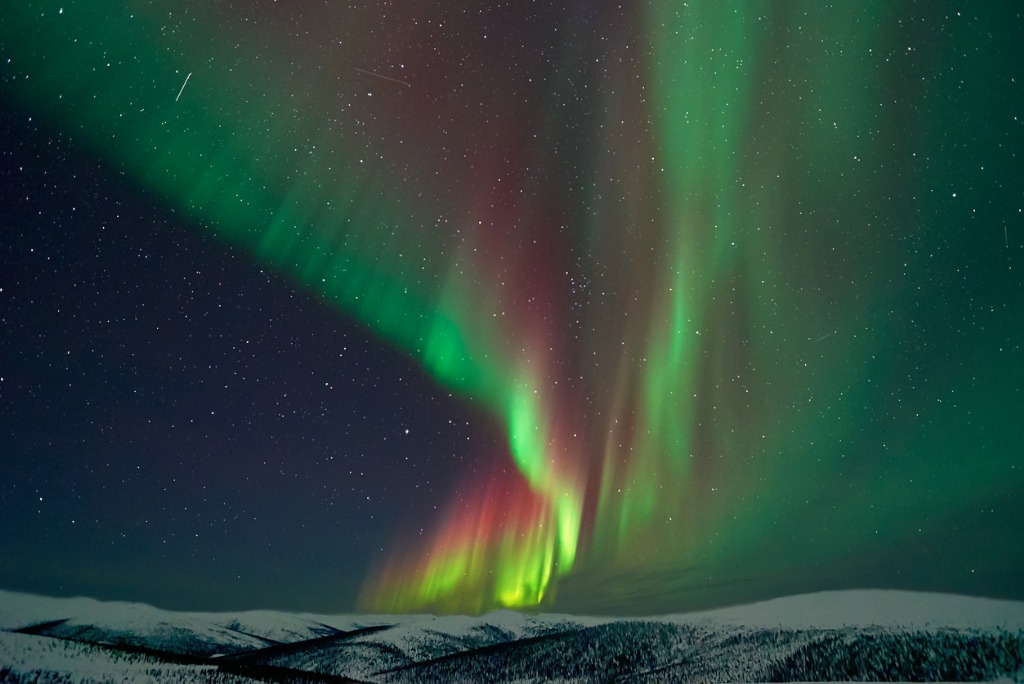
When it comes to rugged, desolate mountains, it's hard to beat the Alaska Range.
Arcing from east to west in southern Alaska, this mountain range is the third highest in the world and is home to North America's tallest mountain, Denali, which stands 20,310 feet.
Because of its shape and location, the Alaska Range has some of the most turbulent weather in the world - which can either mean highly dramatic photos or no photos at all due to the weather.
However, if timed right, the Alaska Range offers photographers unparalleled beauty, with dozens of glaciers, large river systems, and abundant wildlife.
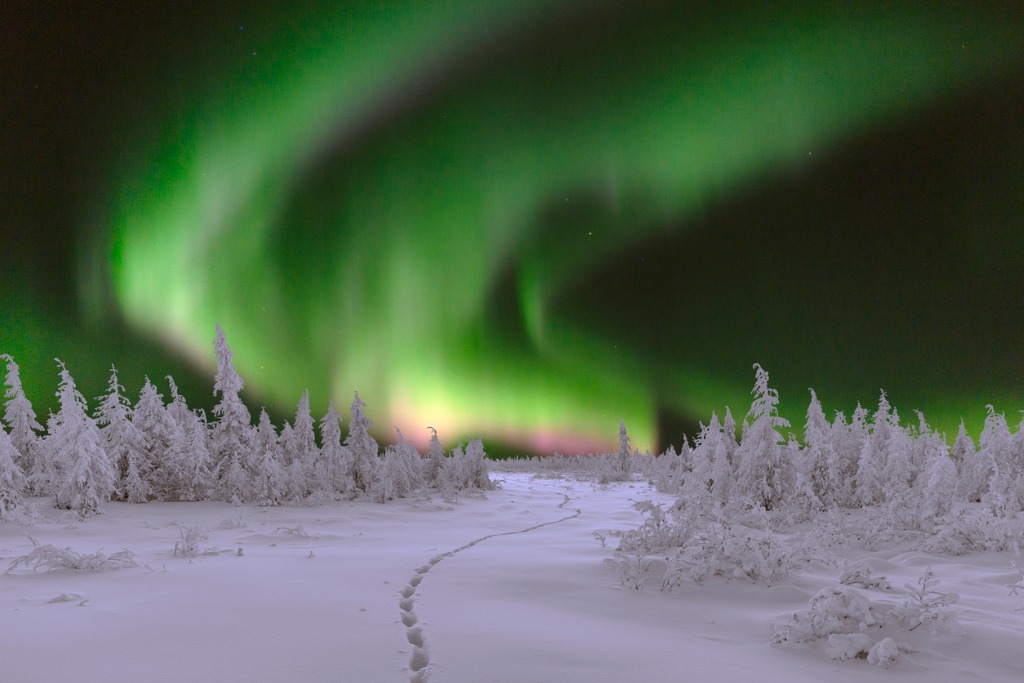
Perhaps the best photo opportunity here, though, is the Northern Lights.
Like Glacier National Park, the Alaska Range has cold, clear nights that give you an unfettered view of the aurora dancing in the sky above the soaring peaks of the Alaska Range.
Time your trip to the Alaska Range in March, when the Northern Lights are at their strongest and most visible.
You can frame up images of the aurora above giant mountain peaks, untouched forests, frozen lakes, or glaciers.
If it sounds like a beautiful place - it is! Just like the other destinations outlined above, you could spend weeks in this place and never run out of gorgeous landscapes to photograph.
So, if you're planning a landscape photography adventure, keep these North American mountain ranges in mind!
This blog post about the topic "Top Mountain Ranges in North America That Photographers Love to Photograph" was first published on our website here https://www.photographytalk.com/landscape-photography/8546-top-mountain-ranges-in-north-america-that-photographers-love-to-photograph